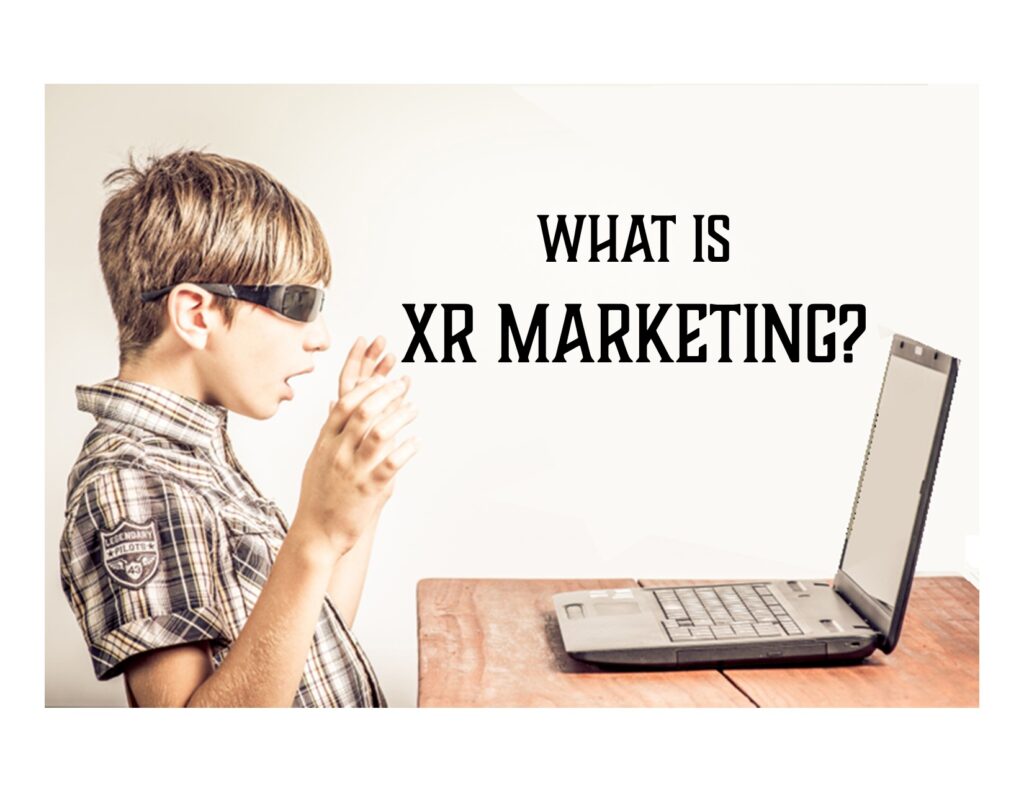 Marketers are embracing extended reality (XR) technologies to enhance their campaigns, products, and services. XR includes augmented reality (AR), virtual reality (VR), and mixed reality (MR), and it allows for immersive consumer experiences. This technology has enabled marketers to overcome geographical limitations and reach a broader audience.
Marketers are embracing extended reality (XR) technologies to enhance their campaigns, products, and services. XR includes augmented reality (AR), virtual reality (VR), and mixed reality (MR), and it allows for immersive consumer experiences. This technology has enabled marketers to overcome geographical limitations and reach a broader audience.
Major brands like Etsy have leveraged XR for their marketing efforts, offering customers a unique experience. Experts believe that XR is the future of marketing and project the technologies will transform how brands build and maintain customer relationships by creating virtual worlds for brand followers.
Marketers have a range of XR technologies at their disposal, including Augmented Reality (AR), and Virtual Reality (VR). AR allows for realistic digital content creation, interactive games, and 3D brand experiences. VR provides fully immersive experiences in virtual environments. Emerging technologies like generative AI and real-time rendering are expected to play an increasingly important role in XR-based campaigns.
Apple’s upcoming Vision Pro headset is generating excitement among marketers, as it promises
immersive experiences and interactions with friends, apps, entertainment, and brands.
Print and mail are essential to XR marketing as printed materials can be enhanced and augmented with extended reality technologies like QR codes or AR markers, allowing for a seamless integration of digital and physical experiences for the audience.
